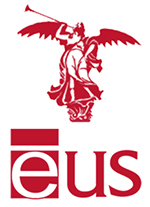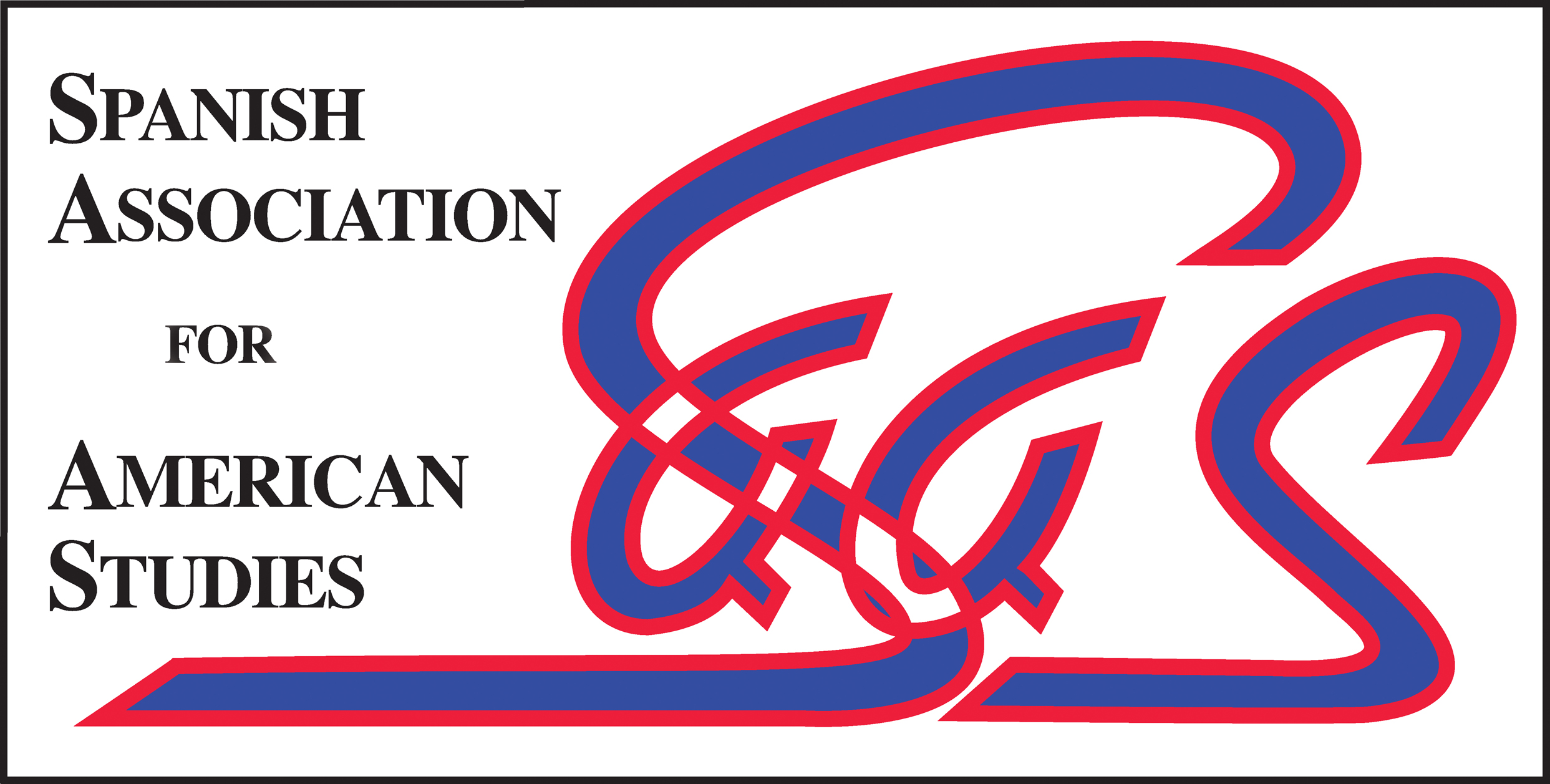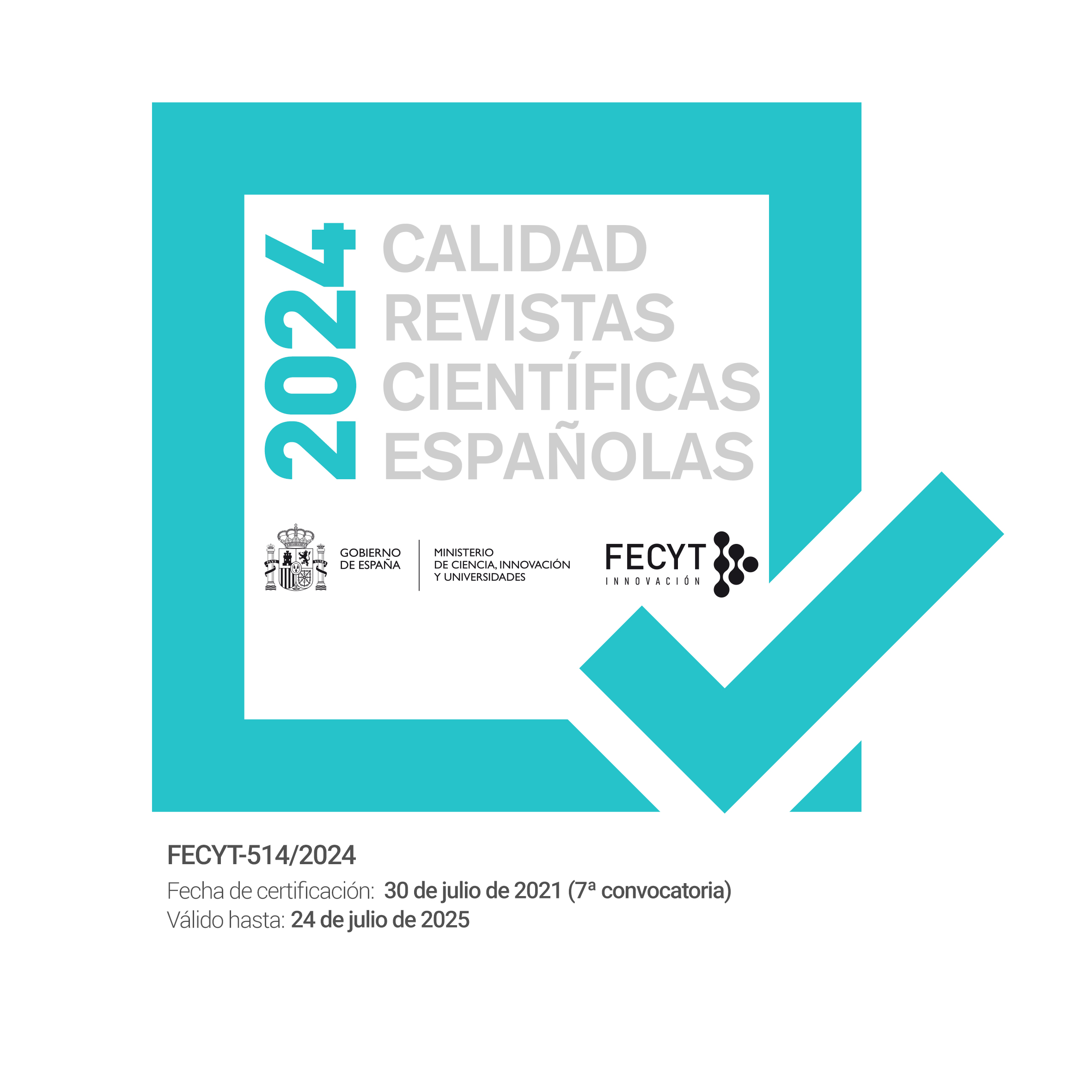“Faggot, Fairy, Pansy… Queer”: Gay/Queer Confrontations in Mart Crowley’s The Boys in the Band
Abstract
ABSTRACT: Mart Crowley’s The Boys in the Band presents openly in 1968 a portrait of male homosexual life. For the first time, mainstream audiences see gay men talk explicitly about their sexual preferences, dance, kiss, and retire for sex. Characters recognize a common gay culture by paying homage to actresses (Barbara Stanwyck, Bette Davis), films (Sunset Boulevard, The Wizard of Oz), songs immortalized by Judy Garland, and theatre (Tennessee Williams, Edward Albee, William Inge), which are appropriated in the construction of gay identities that react against a heteronormative structure which overwhelms homoerotic desire in 1960s America. Despite a stereotypical representation of its gay characters, which are posited as isolated and unhappy gay men, and consequently attracted widespread criticism in academia (Clum, 1992), through a queer reading of the play and its historical, political and social context, I argue in this paper that The Boys was at the time of its first production, and still is, an empowering text in the representation of gay male identities and in the construction of queer masculinities. Through my critical analysis of the play, I argue that the use of stereotypes and the representation of a group of gay men suffering from self-deprecation becomes in The Boys a skilful way of strengthening gay identities.
RESUMEN: Los chicos de la banda, de Mart Crowley, presenta abiertamente en 1968 un retrato de la vida homosexual masculina. Por primera vez, las audiencias convencionales ven a hombres gais hablar explícitamente sobre sus preferencias sexuales, bailar, besarse, y apartarse para tener sexo. Los personajes reconocen una cultura gay común haciendo homenaje a actrices (Barbara Stanwyck, Bette Davis), películas (Sunset Boulevard, El mago de Oz), canciones inmortalizadas por Judy Garland, y teatro (Tennessee Williams, Edward Albee, William Inge), que son adoptados en la construcción de identidades gais que reaccionan contra el sistema hetero-normativo que oprime el deseo homo-erótico en los años sesenta en América. A pesar de la representación estereotípica de los personajes gais, que son planteados como aislados e infelices, lo que atrajo una amplia crítica por parte de la academia (Clum, 1992), mirando la obra y su contexto histórico, político y social desde la perspectiva Queer, defiendo en este artículo que Los chicos de la banda fue, en la época de su primera producción, y es aún, un texto fortalecedor en su representación de la identidad masculina gay y en la construcción de la masculinidad Queer. A través de mi análisis crítico de esta obra, defiendo que el uso de estereotipos y la representación de un grupo de hombres gais que se menosprecian se convierten en Los Chicos de la Banda en formas hábiles de reforzar las identidades gais.















